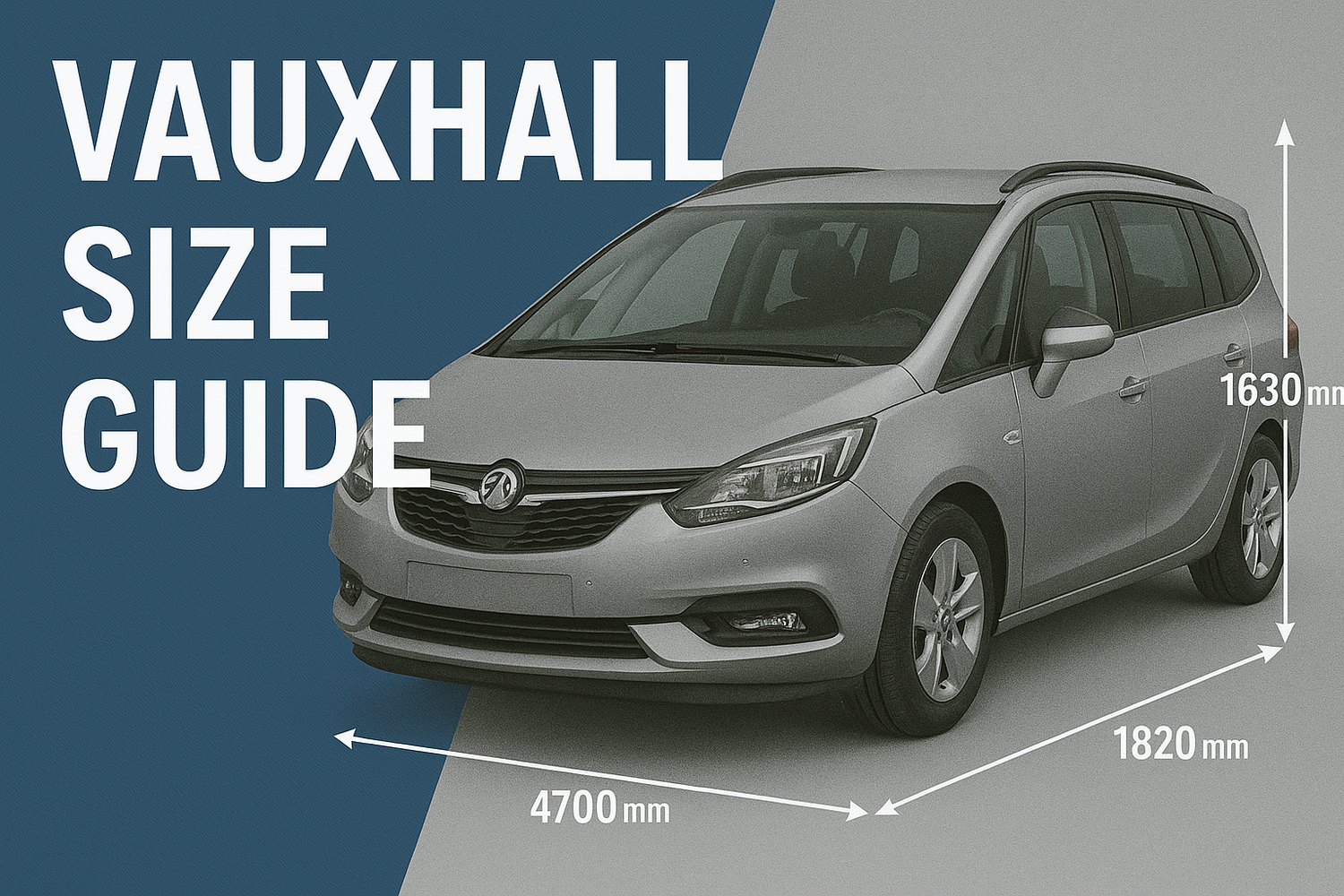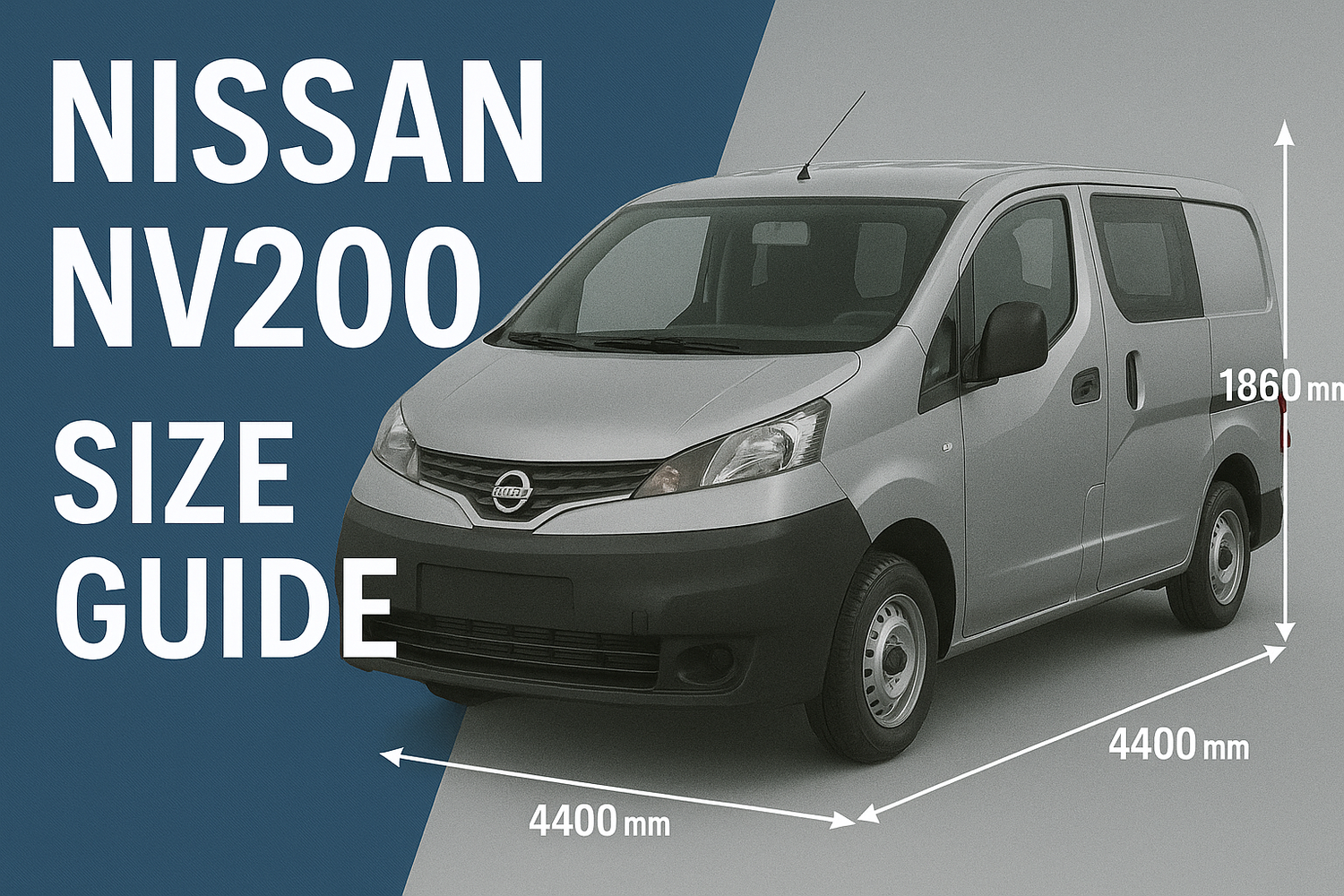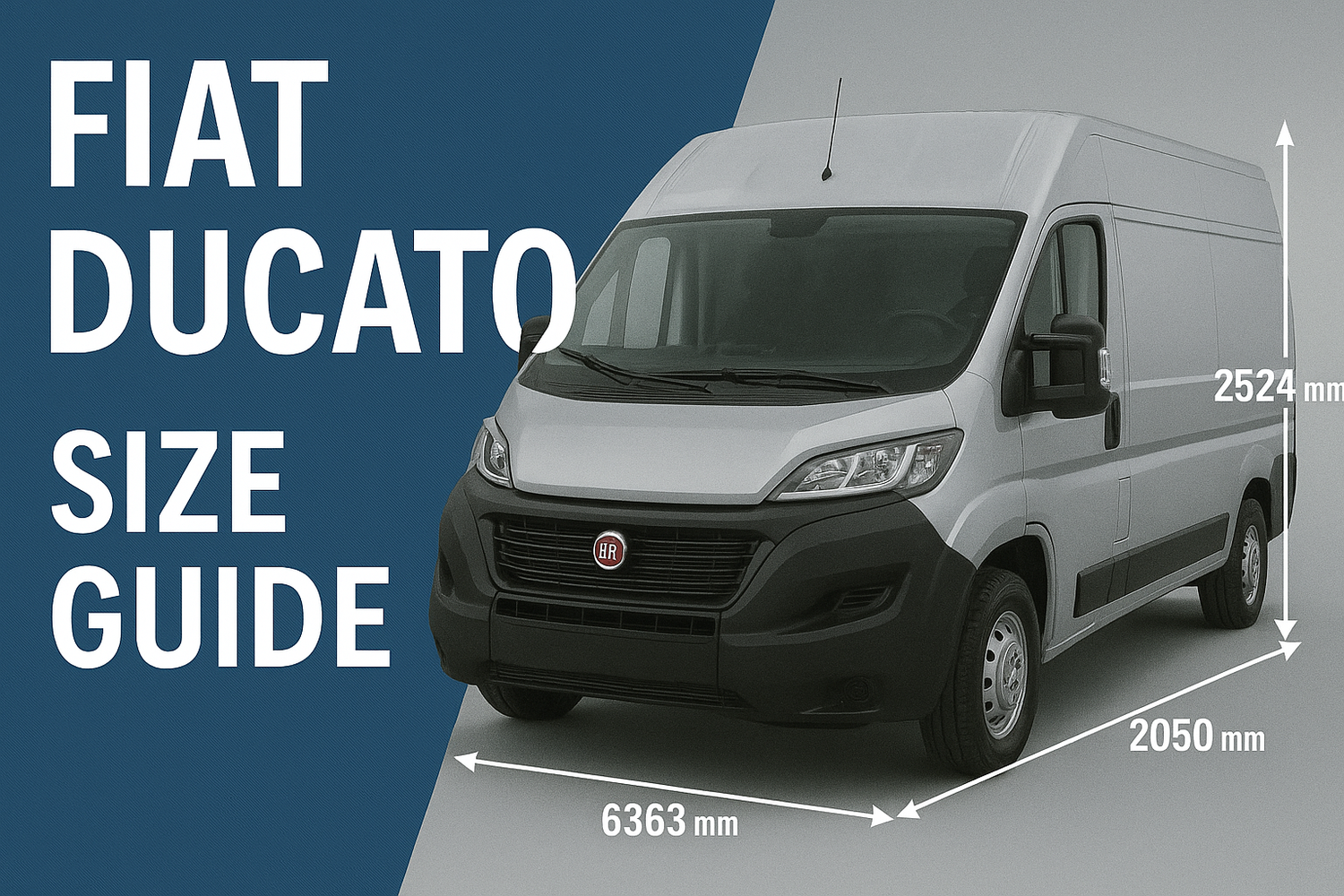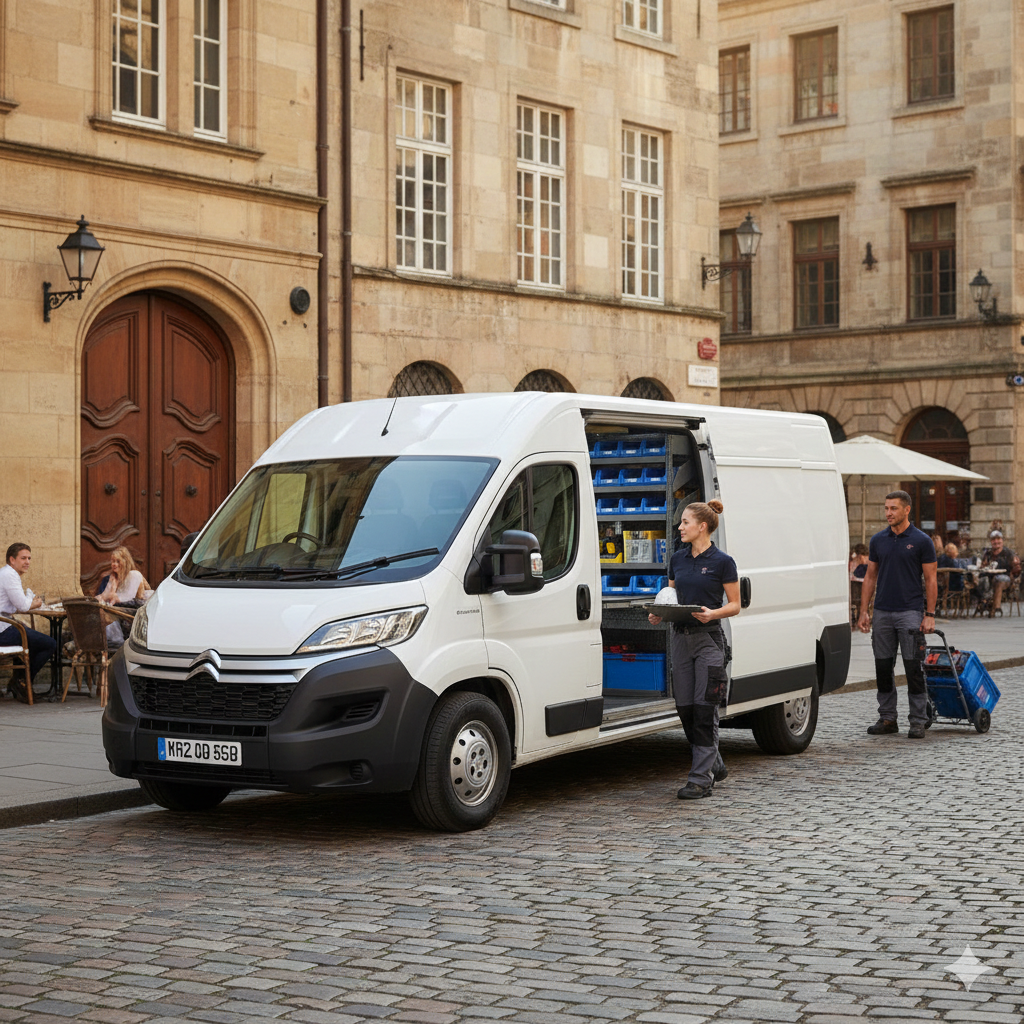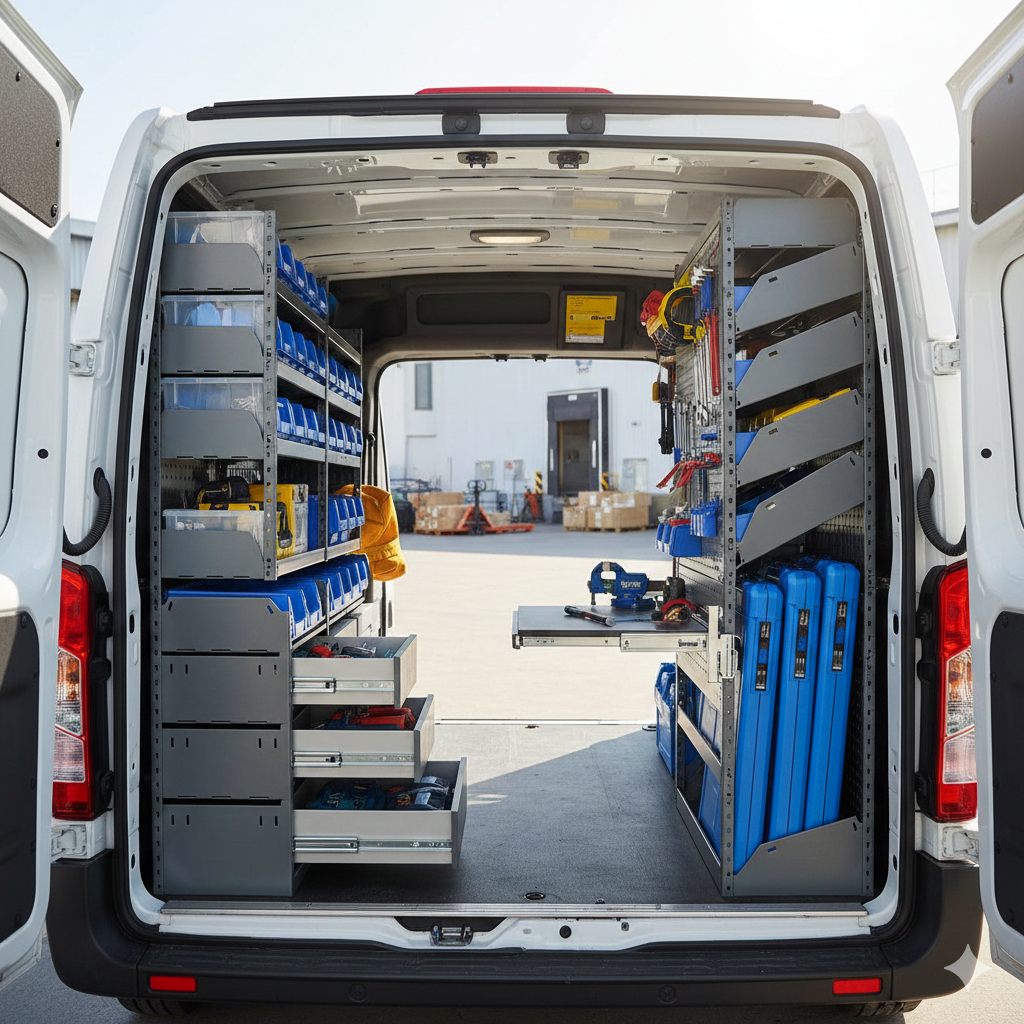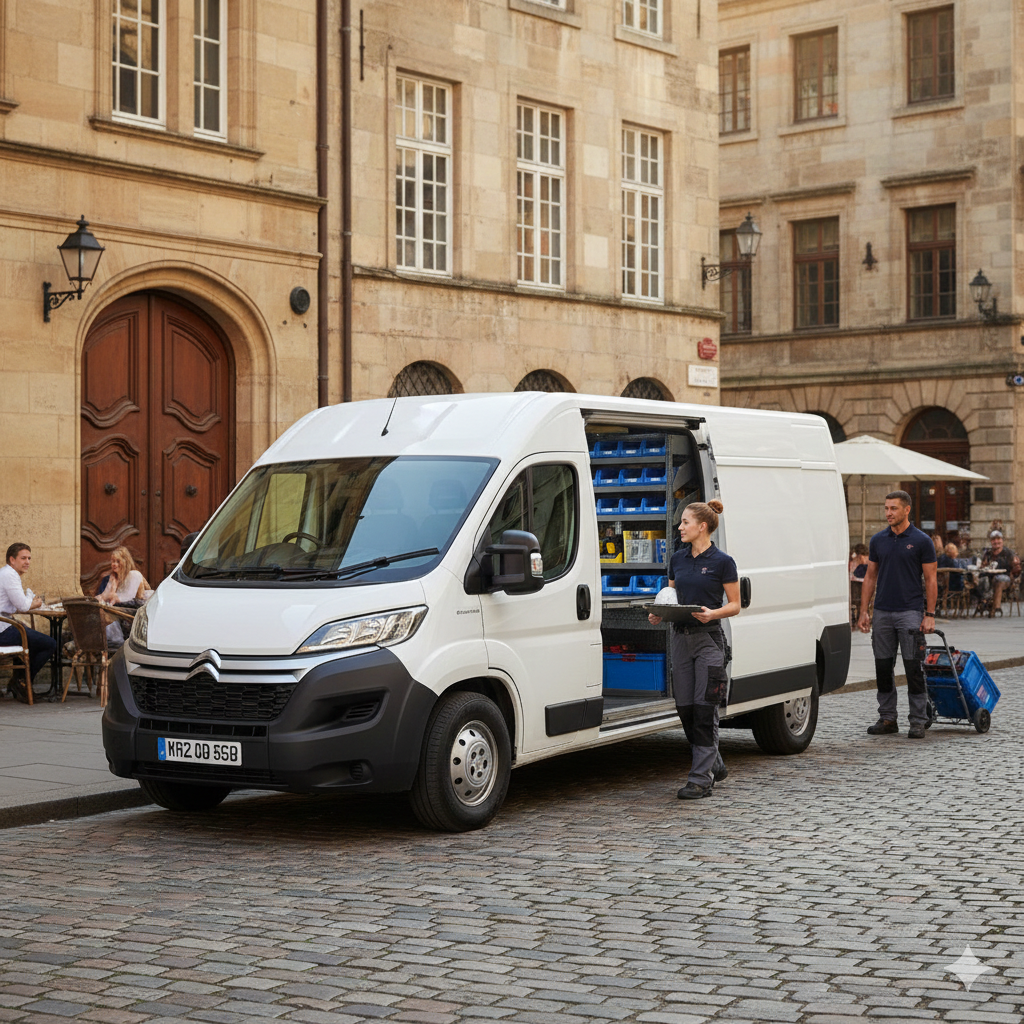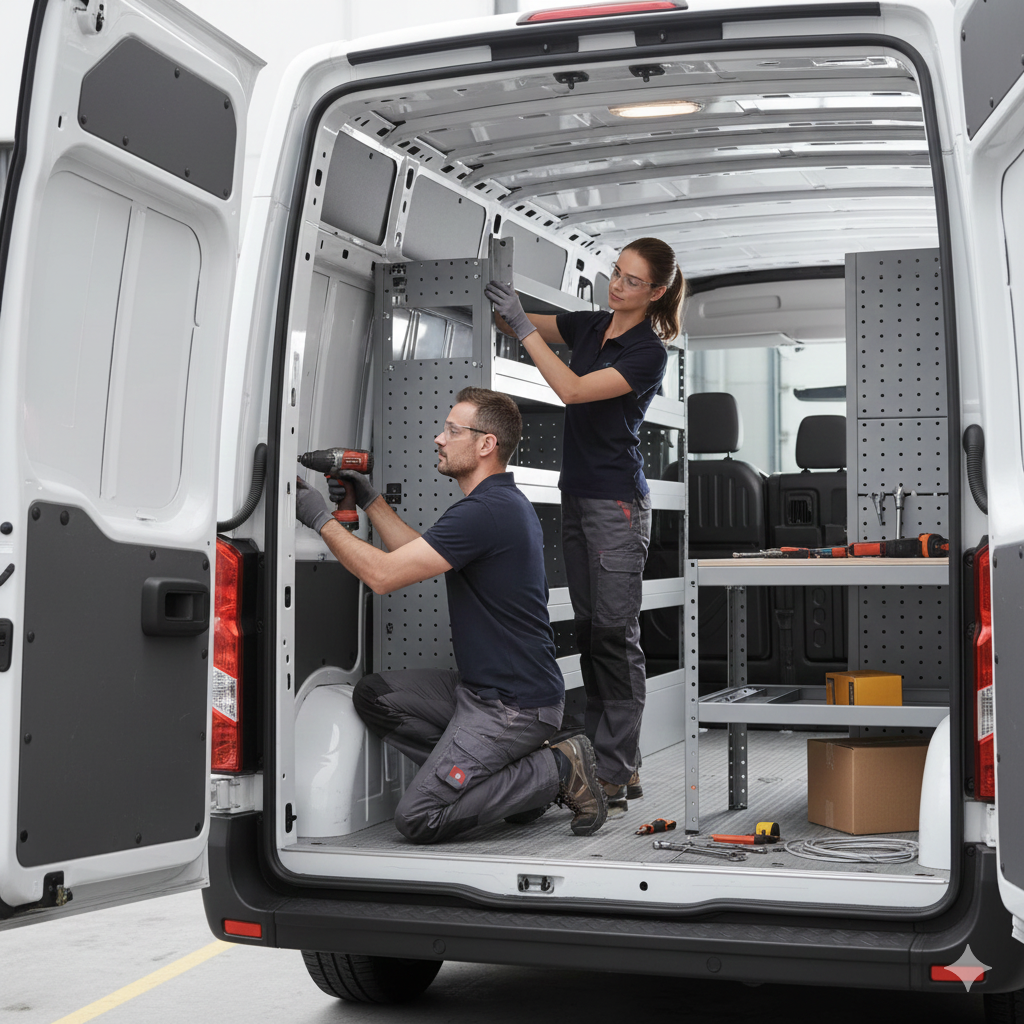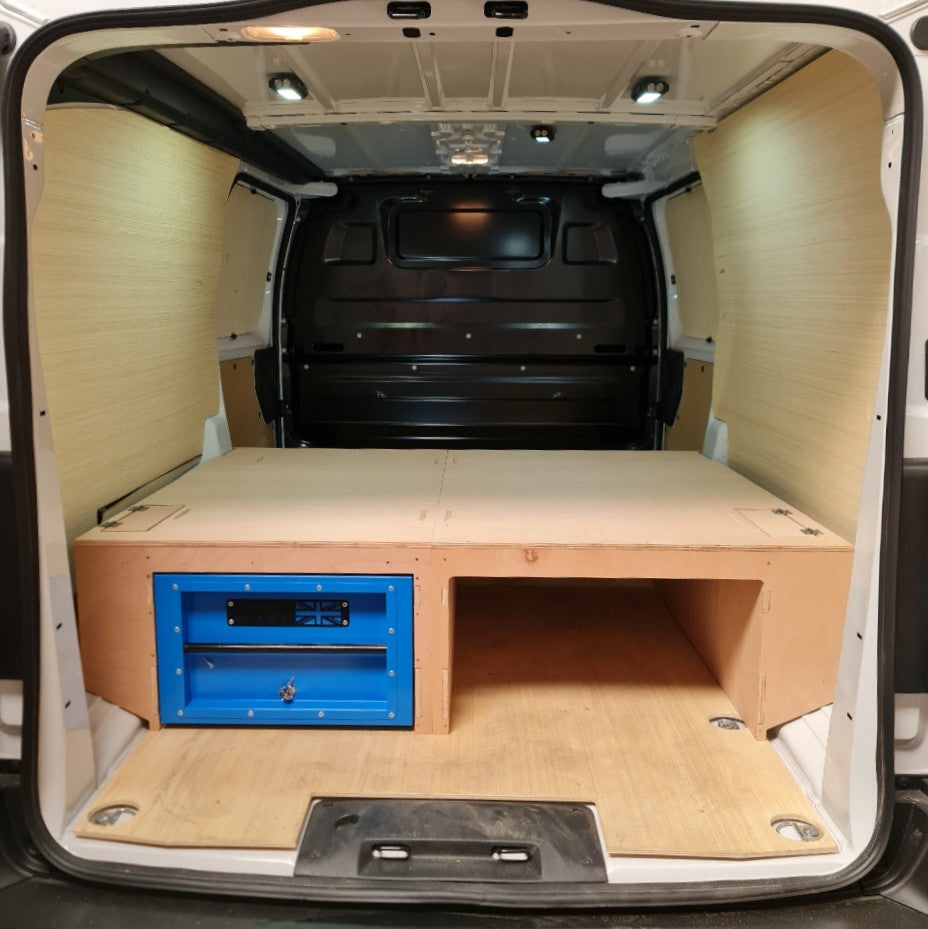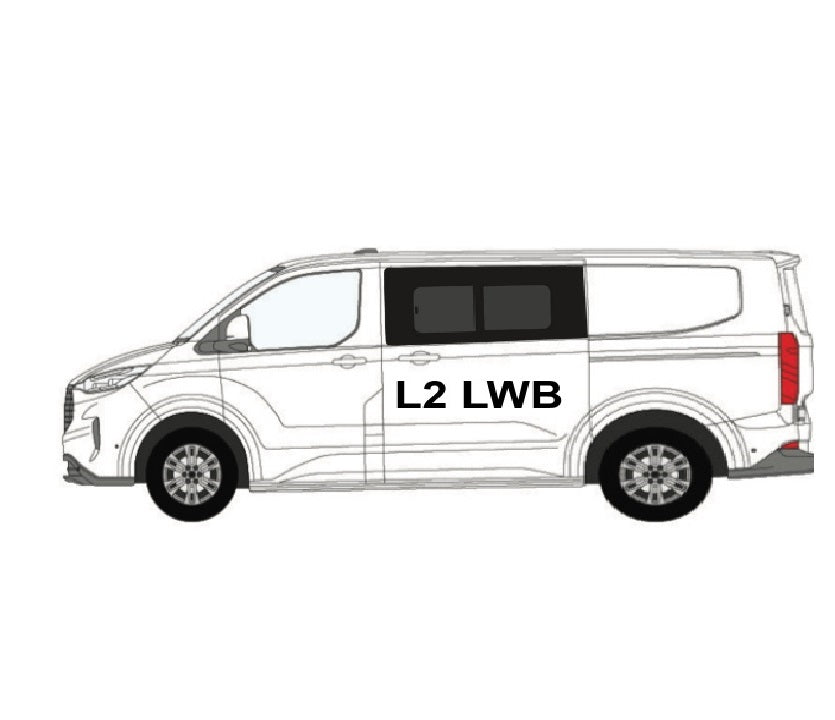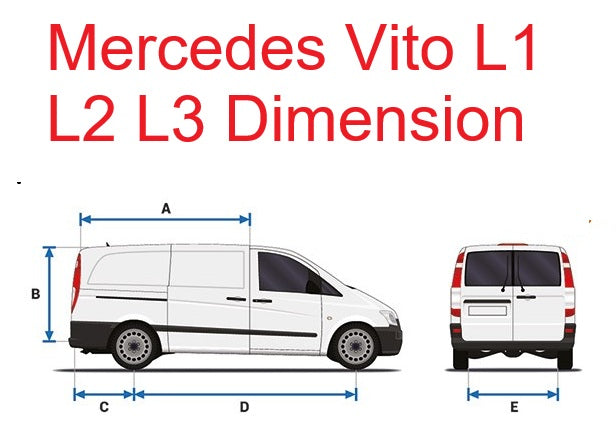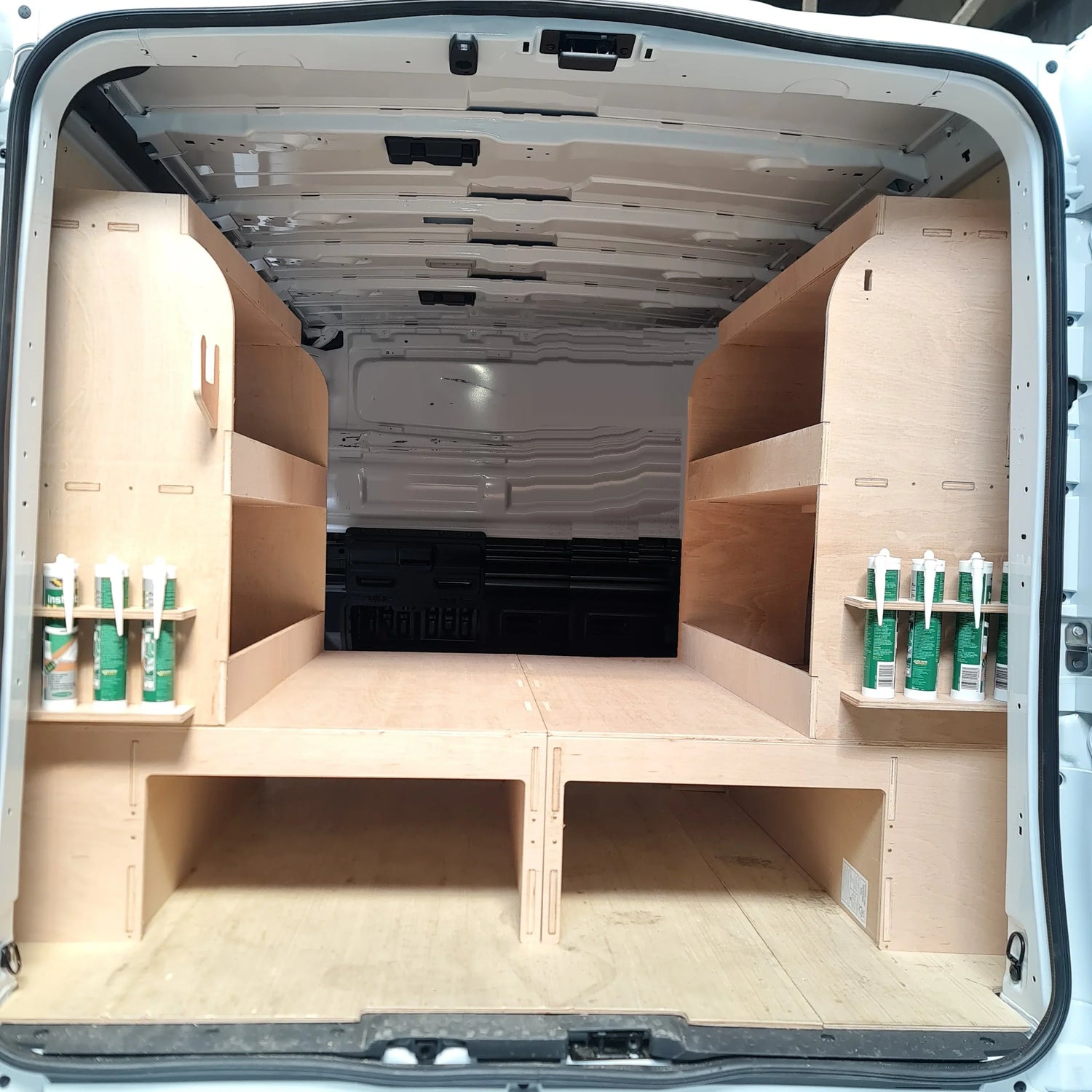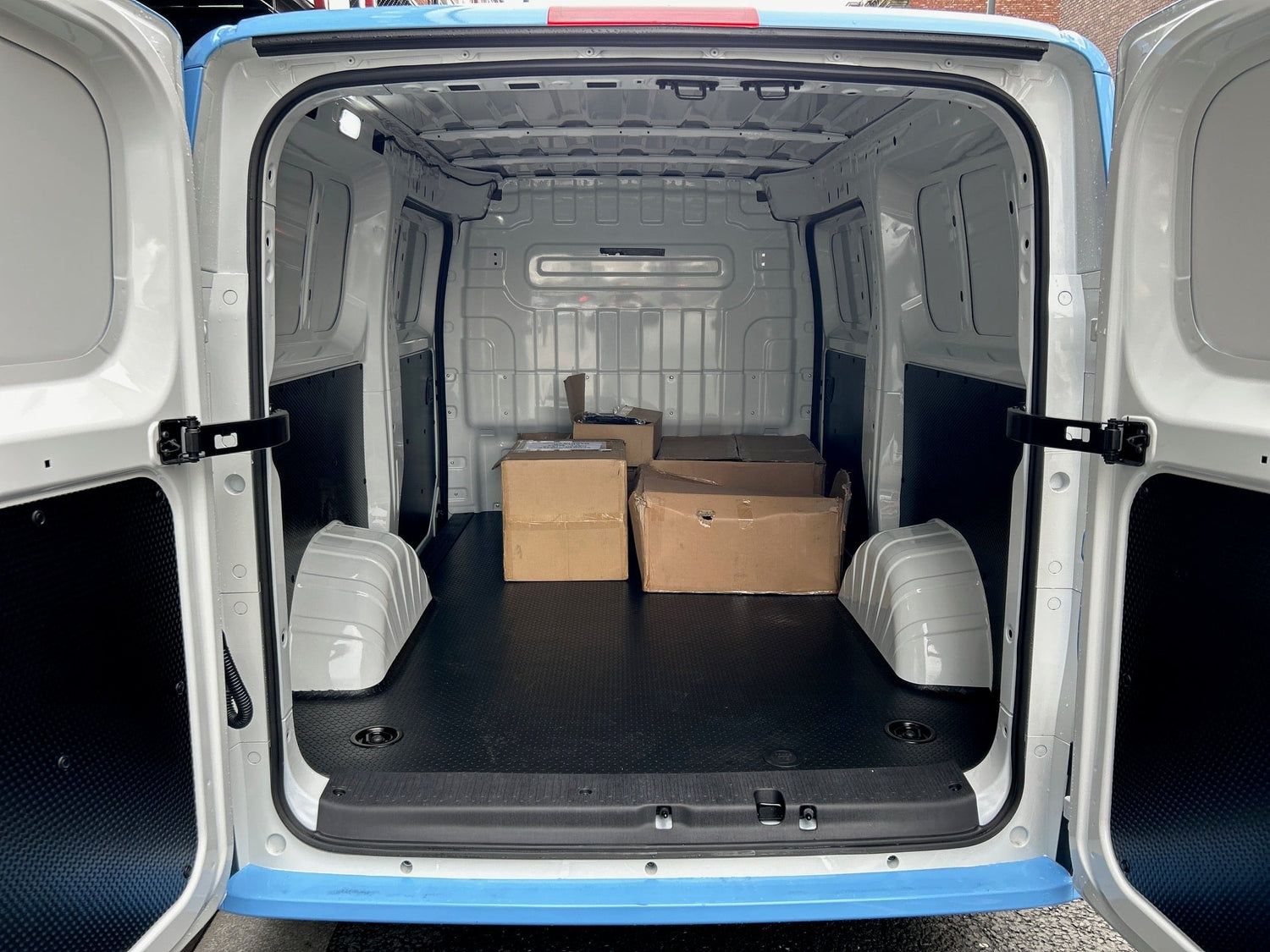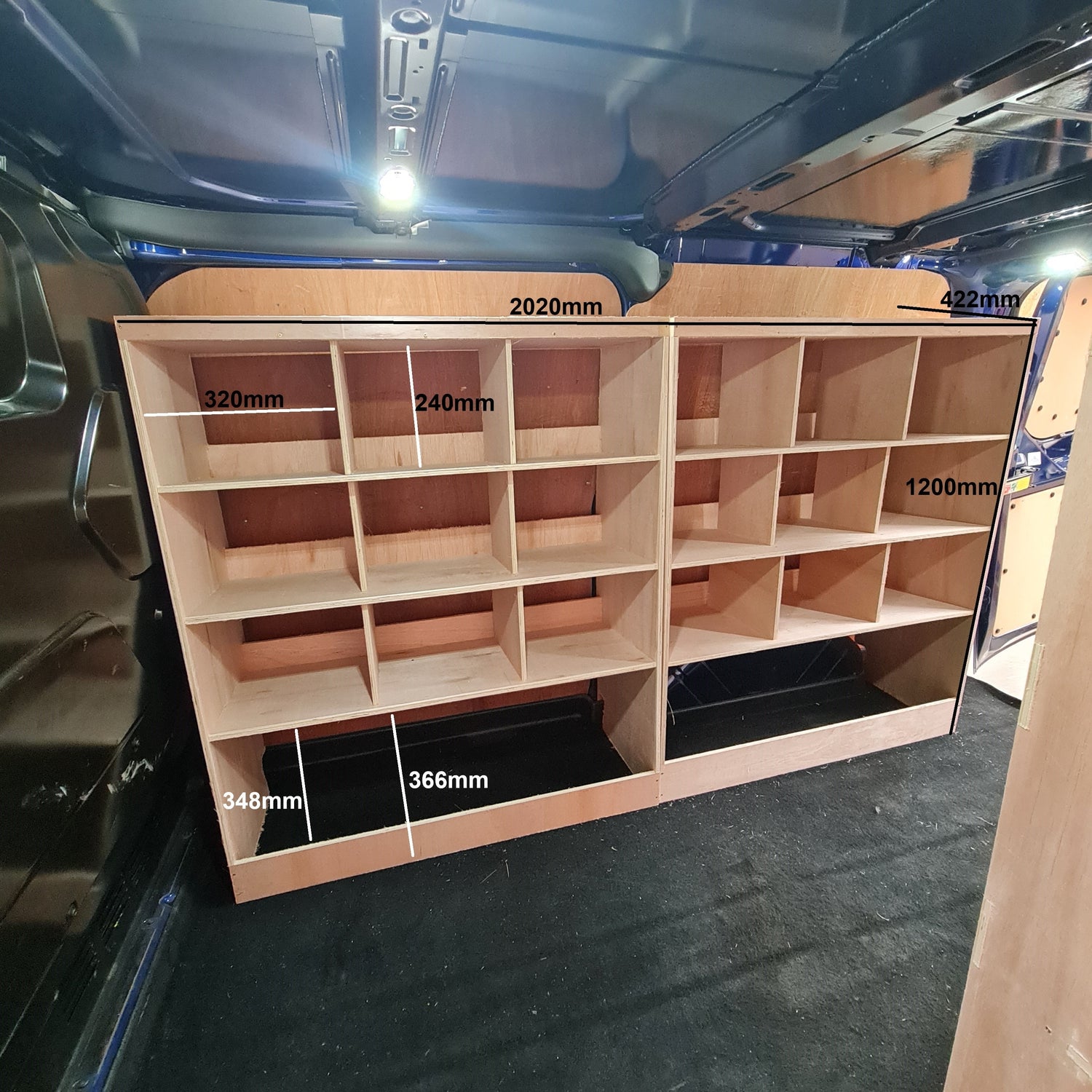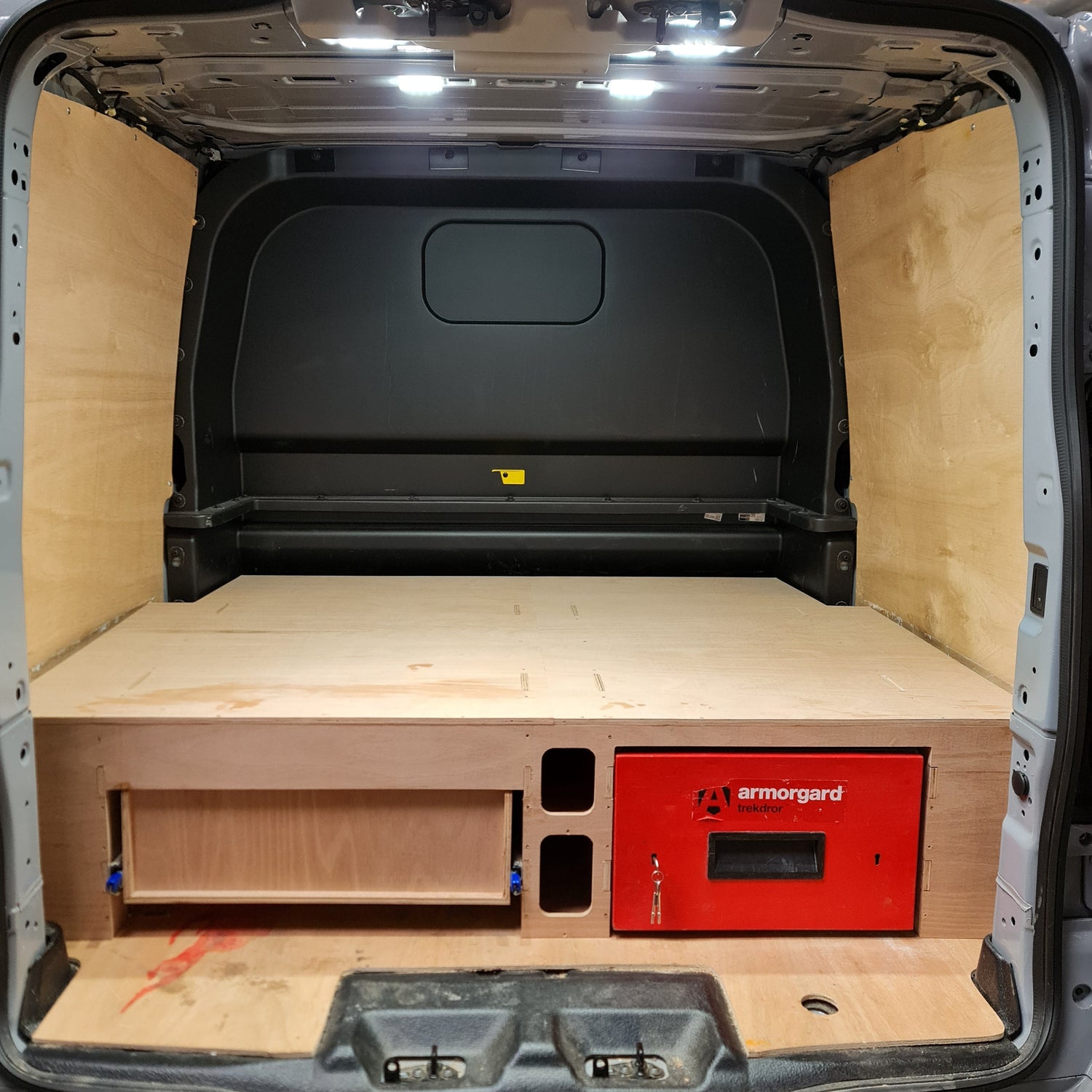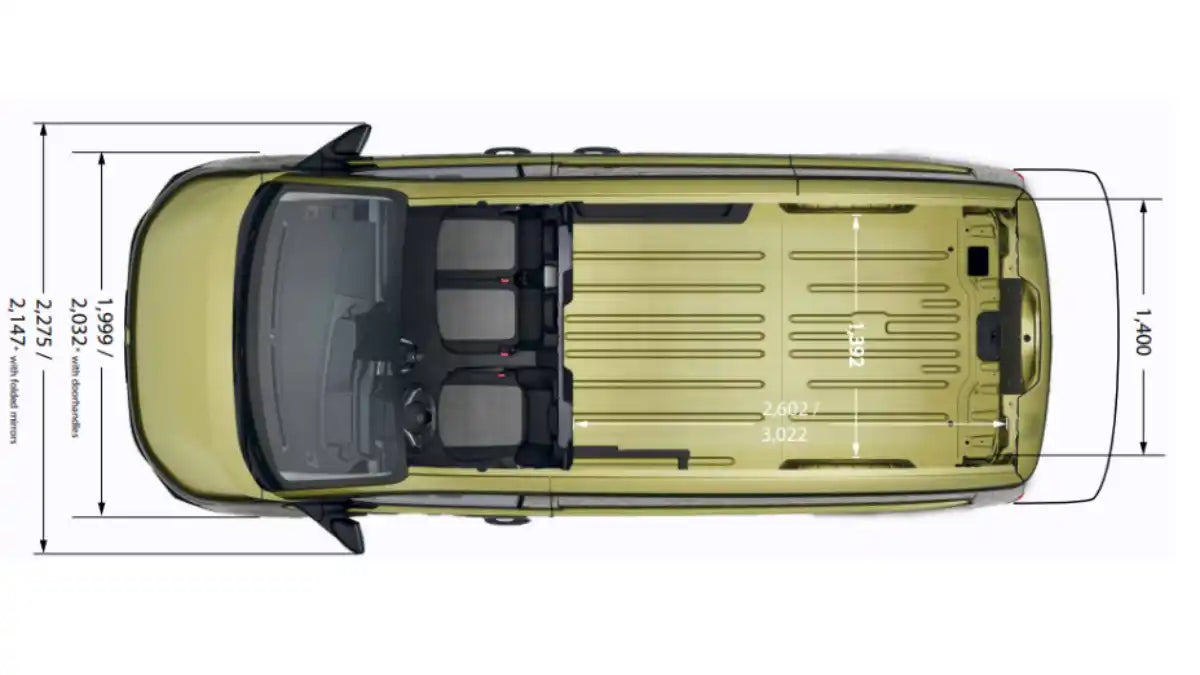When it comes to loading up your van, do you really know how much weight you’ve got in there? Vans are the most frequently overloaded vehicles on the roads, and according to research it is self employed tradesmen and daily rental vans that are flouting the rules the most.
Builders in particular are major culprits, with a large amount of equipment, heavy materials and in the winter months, water, leading to hundreds of dropside and tipper vans being massively overweight.
If you’re using your own vehicle for day-to-day work, there is very little excuse for not knowing the gross vehicle weight (GVW) of your van or the maximum weight it allows you to carry.
Ignorance is not an excuse, and just because there is some space in the back, does not mean you can cram in some more stuff. But, if you’ve picked up a rental van, knowing how much you can transport might be a little harder to figure out.
The only sure-fire way to know is to find the plated-vehicle weights which should be clearly printed on a plate or sticker placed on the vehicle. These can usually be found somewhere under the bonnet, or on the passenger or driver door frame. It will tell you the GVW and gross train weight (GTW, the maximum combined weight or towing capacity with a trailer), as well as maximum front and rear axle weights.
It is a driver’s responsibility to ensure that their vehicle is safe to drive, and an overloaded van is extremely dangerous.
Not only will stopping distances increase, but tyres are also under more strain – increasing the chance of a blow-out. Brake pads wear quicker and become less efficient, steering can be impaired and stability may become a problem. Roads are also more easily damaged by heavier vehicles.
What happens if I am caught with an overloaded van?
If an enforcement officer from the Driver and Vehicle Standards Agency (DVSA) stops your vehicle and you are found to be overloaded, it will almost certainly result in you being issued with a prohibition notice.
This will prevent you from continuing your journey until the issue has been corrected. Whilst they have you at the road side, they will also check the rest of the road-worthiness of the vehicle and all of your documentation, so you had better be sure everything is as it should be.
If the overloading is corrected (eg. the load is repositioned to correct an overweight axle), the prohibition may be lifted and you will be allowed to continue your journey. The officer may also insist that any excess weight is removed before lifting the prohibition, or issue a "direction to drive notice" which allows you to drive to a specified place to off-load.
Employers have a duty of care under the Health and Safety at Work Act 1999 to ensure the safety of their workers, but ultimately if a vehicle is found to be overweight, it is the driver that will face the force of the law initially, and a maximum fine of up to £5,000 for each offence could be issued.
That could mean £5,000 for being overweight on the front axle, £5,000 for being overweight on the rear, and another £5,000 for the total weight being too much. That’s an expensive mistake, but it could get worse.
If you are grossly overloaded, you could be charged with dangerous driving which carries a maximum penalty of two years in prison. Refusing to allow your vehicle to be weighed is also an offence under the Road Traffic Act 1988 and again carries a fine of £5,000.
Worst case scenario, if you are involved in an accident and someone is killed as a result, both you and your employer could face charges of Manslaughter or Death by Dangerous Driving.
Ensuring you’re not overloaded
Knowing how much weight you can carry is key to not being overloaded. The plated weights will help you with this, but you’ll notice that they don’t tell you a specific payload allowance.

How can you avoid overloading a van?
The handbook or manufacturers brochure or website may help with this, and provide you with an indicative answer, either as a payload allowance or more likely through publishing the kerbweight of the vehicle (payload = GVW - kerbweight) but when determining the load you must factor in the weight of the driver and any passengers, as well as your load and any tools.
Published weights also do not take into account any racking systems or safety equipment that might have been installed.
If you are delivering multiple items be sure that the load does not become imbalanced when off-loading – this could result in either instability or too much weight on the front or rear axle.
Lastly, if you're in the courier business, don’t always believe weights on delivery slips or invoices.
If you have to move a consignment and you are not sure of the weight, or think it might push you over the limit then don’t take the risk. Get the item weighed or weigh your van as soon as possible.
Need to tow?
When towing a small trailer or mechanical unit, you need to know the maximum gross train weight (GTW) of your vehicle.
This is the total weight of your vehicle plus the load it is pulling. Do not confuse the GTW with the gross vehicle weight (GVW), as the GTW can be as much as twice the amount – this could result in you being seriously overloaded and a real danger.
For more information on towing, read our best vans for towing guide or visit the towing section for specific details on individual van models and their towing capacities.

What are the penalties for overloading?
The penalties for overloading a car or van range from a fine to points or even a court appearance.
A £5,000 penalty is the maximum you could face under the current laws, but that is in extreme cases. If you are found to be overloaded, the below fines may be more applicable, depending upon your situation. A margin of 5% is allowed by the authorities, but in a 3.5 tonne van that is only 175kg, meaning it is all too easy to stray beyond the rules.
Not only is it illegal, it will also cause excessive wear on your van and increase the risk of damage, breakdown or even a serious accident.
If the police or the DVSA (Driver Vehicle Standards Agency, formerly VOSA) see you with an overloaded van, above the legal payload you will be stopped and prosecuted.
Van overloading fines
| Severity | Endorsable | Fixed penalty amount |
|---|---|---|
| Less than 10% | No | £100 |
| 10% up to but not including 15% | No | £200 |
| 15% - 30% | No | £300 |
| More than 30% | Yes | Court Summons / £5,000 |
The moment you overload your van you're liable to be prosecuted. A £100 penalty will be given for a 0% to 9.99% overload, but DVSA examiners will allow a 5% leeway before issuing a fixed penalty or prohibition, unless the relevant weight has been exceeded by 1 tonne or more.
Do you get points for overloading a van?
Normally, a fixed penalty would be inappropriate for serious cases of overloading - for example when the vehicle is overloaded by 30% and over, or the excess weight is 5 tonnes - so a court summons would be issued instead.
Penalties become endorsable - penalty points can be issued - when multiple or severe infrigements are found. How many penalty points you will get for overloading will depend on the circumstance but 3 points is a minimum
Ignorance is not a defence
As with almost every instance in the law, just because you don't know the rules doesn't mean you're exempt from them.
Hwoever, ignorance is sort of a "get out of jail free card" as long as it is a genuine mistake.
Government guidance says that "in genuine cases of ignorance e.g. moving house, and where the offence is unlikely to be repeated, a prohibition should be issued, and an overloading guidance leaflet handed to the driver".
And goes on to say that "to take into account the Public Interest Test, no Fixed Penalty Notice should
be issued in these circumstance". We think that means it is at the discretion of the enforcement officer to judge just how serious your overloaded van offence is.
Tips: Knowing how much you can carry
1: Look at the badges on the van – numbers down the side or below the model name such as 35 or 350 can often indicate your vehicle is a 3.5 tonne van.
2: Find the chassis plate – these are usually found under the bonnet or on the door frames. The plate will tell you the GVW, GTW and individual axle weights.
3. Official guidance on overloading can be found from the DVSA


